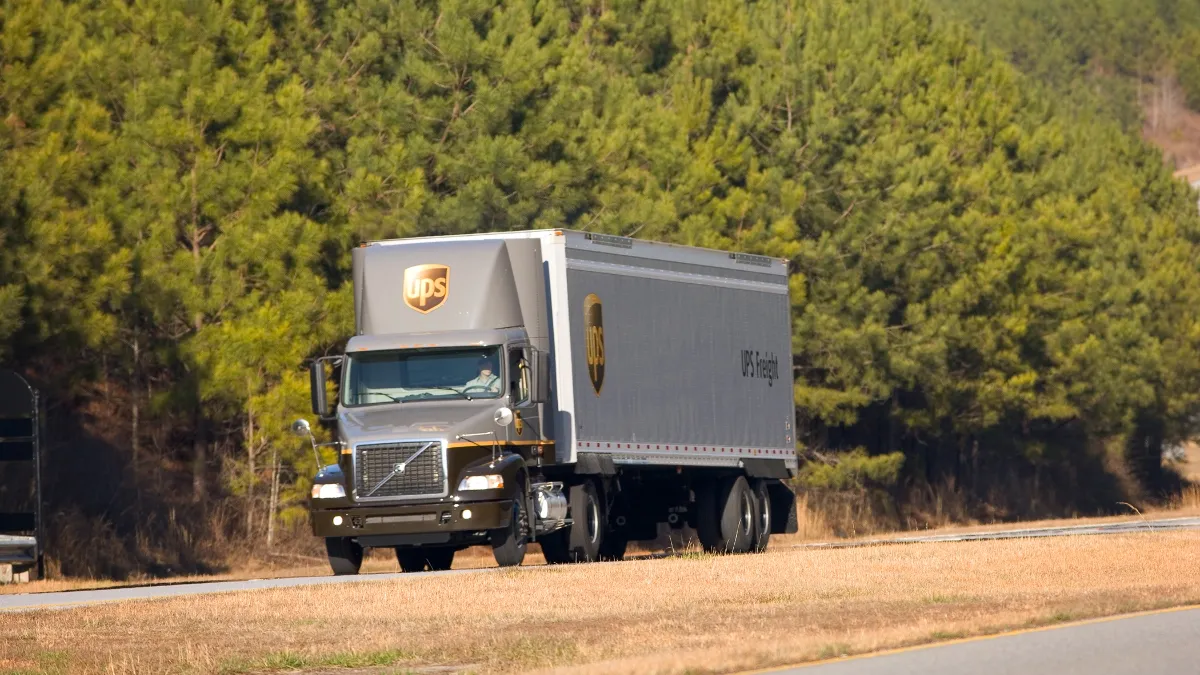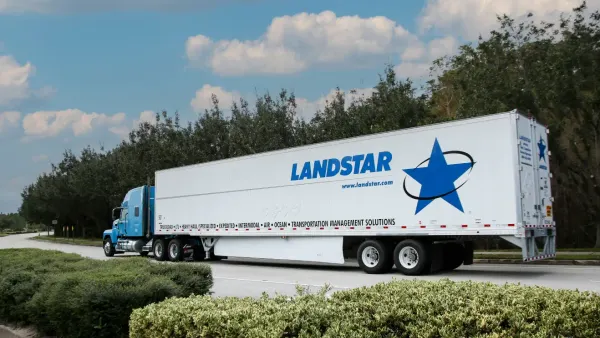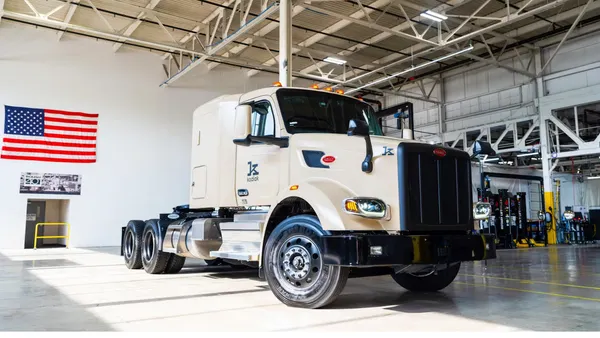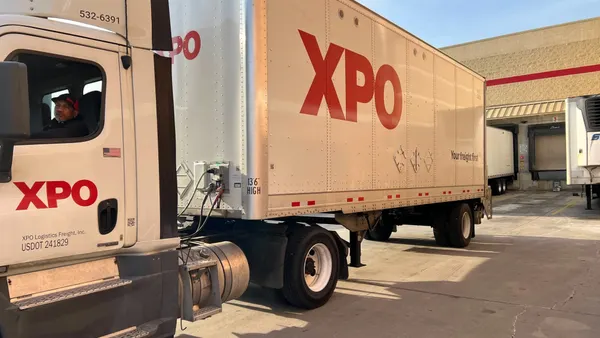Dive Brief:
- TFI International will cut the costs of its new subsidiary, UPS Freight, using lessons learned from absorbing TL carrier CFI from XPO Logistics in 2016, CEO Alain Bédard told analysts during a Monday earnings call.
- "We were stuck with tons of freight that did not fit TFI," Bédard said of the CFI acquisition. "It took us a year to get rid of that freight that we were losing money on. When we look at UPS Freight, we have something similar. There's some freight there that the company does not make any money on."
- Bédard said UPS Freight (to be renamed TForce Freight) has an operating ratio of 99%, which he said was "not normal." TFI's goal is to get TForce Freight to an operating ratio of 96% within a year. Bédard said that goal is doable and noted Old Dominion Freight Line and Saia, two LTL giants, have operating ratios at or below 90%.
Dive Insight:
TFI is one of the best at knowing how to absorb a company while cutting costs. The Montreal-based company has been on an acquisition streak of late, acquiring about 90 companies since 2008, according to research from Stifel.
Further, TFI has experience squeezing efficiency out of its LTL business, given the Canadian market. "The Canadian LTL market is very, very, very competitive," Bédard told investors.
He said he expects to be able to make the changes, even though the UPS Freight subsidiary is unionized. "We work with the union," said Bédard. "We respect the contract, but we manage the business."
UPS Freight had a close call in 2018 with its union, the Teamsters, which authorized a possible strike in June 2018. The union accepted a second negotiated offer in November 2018, according to USA Today. The deal covered 11,600 workers.
Bédard said TFI tends to take three years between major acquisitions to digest a large, new company, but that does not mean the company will pause on smaller buys.
"We will be laser-focused on TForce Freight," said Bédard. "That's going to be our mission ... to bring this company to the level of profitability that is normal ... The small deals, yes, we could do the small tuck-ins in truckload and LTL in Canada ... No sweat."
Bédard's math is roughly correct about Saia and Old Dominion. On Feb. 4, Saia reported a Q4 operating ratio of 89.4, improved from 93.8 in the same period a year before. Old Dominion fared much better, improving to an operating ratio of 76.3% in Q4, a new Q4 company record, according to Old Dominion officials. Its operating ratio in Q4 2019 was 81.3.
TFI surprised the trucking sector when it bought UPS Freight for $800 million on Jan. 25. The acquisition included a network of 197 facilities, 147 of which are owned by UPS Freight.
UPS Freight was ripe for sale because its parent company was not satisfied with its LTL department, which it acquired in 2005. UPS CEO Carol Tomé noted she was on the board when UPS acquired Overnite Transportation. The $1.25 billion acquisition turned into a weight for UPS to carry, even though Tomé admitted UPS clients often wanted an LTL service.
"It's never turned out to be what we thought it would be," Tomé told analysts on Feb. 2. "It's a capital-intensive, low-margin business that we don't need to own to offer this solution. So, we're like, if we can get a price where this asset is worth more to someone else than it is to us, shouldn't we move on that asset? But keep the commercial agreement so that we can serve our customers."











